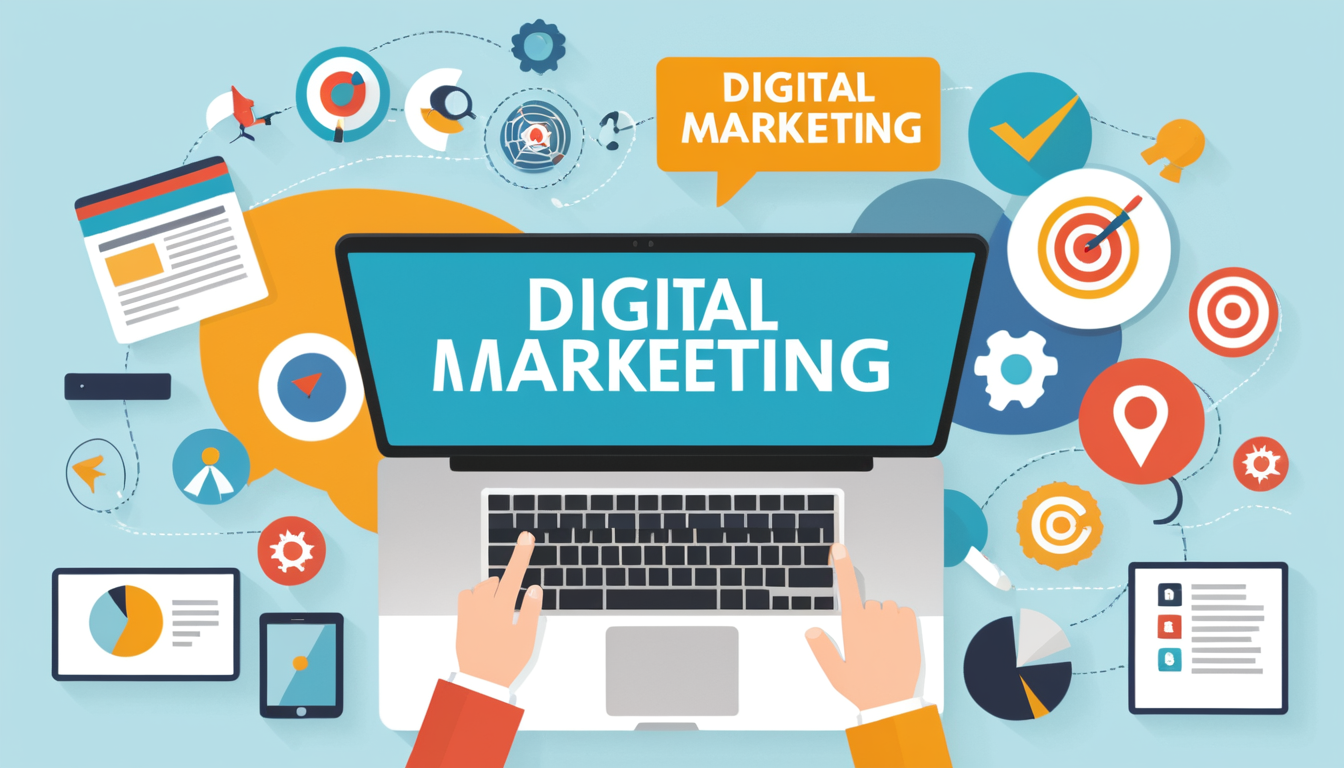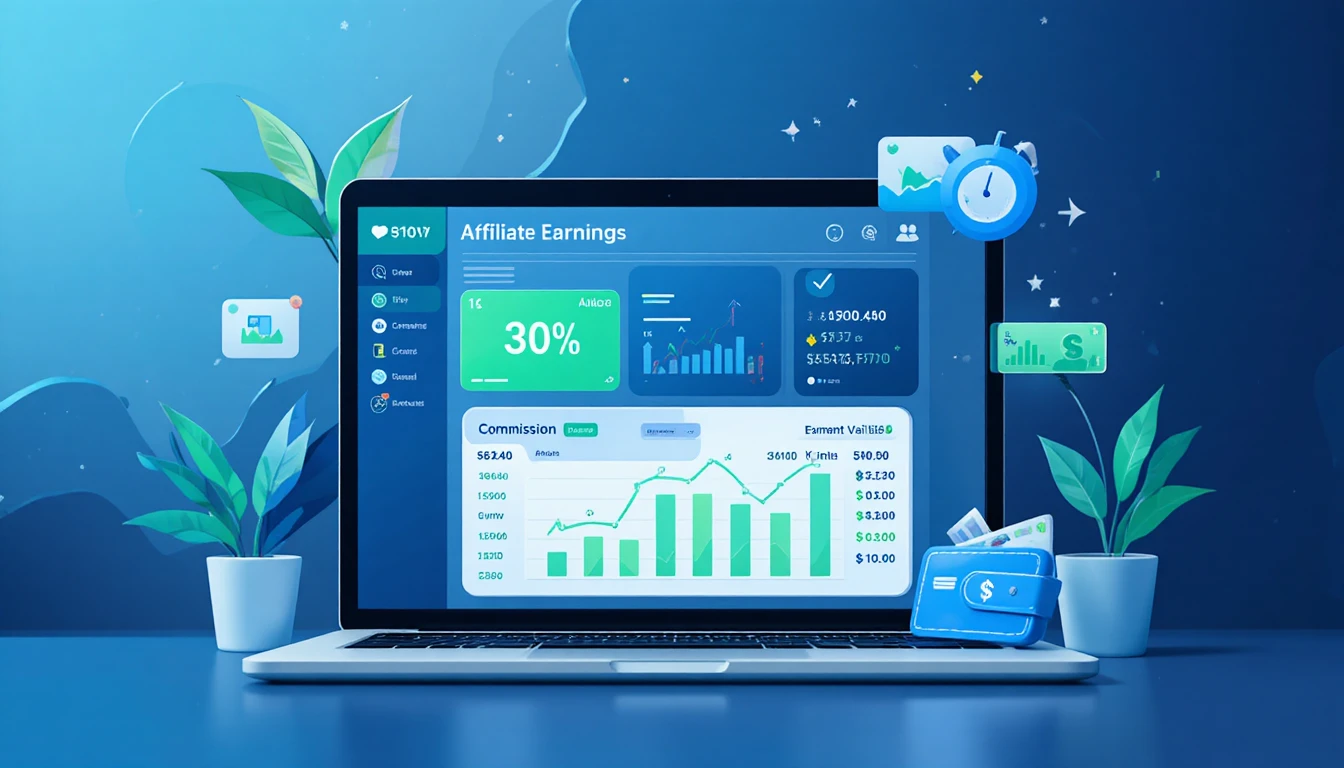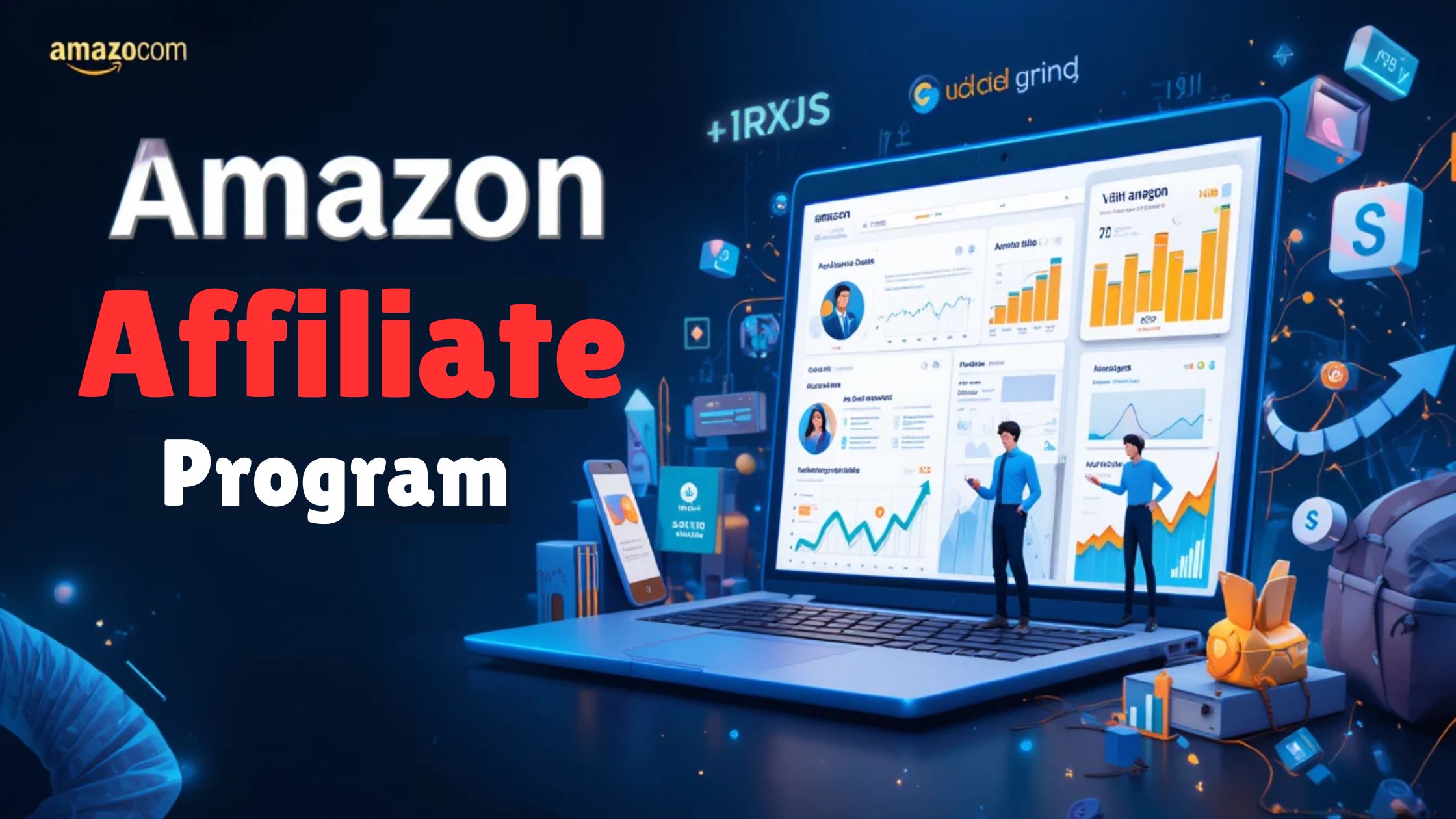In today’s fast-paced world, the way people shop, interact, and communicate has shifted to a largely digital space. With the rise of the internet, social media, and smartphones, businesses are no longer limited to traditional marketing methods like print ads or TV commercials. Instead, they are increasingly investing in digital marketing to reach their target audiences directly and more effectively than ever before. But what exactly is digital marketing, and why has it become such an essential part of modern business strategies?

Digital marketing is a broad term that encompasses all marketing efforts involving electronic devices or the internet. Businesses use various digital channels, such as search engines, social media, email, and websites, to connect with potential and existing customers. It’s a constantly evolving field that enables companies to meet consumers where they are—often online, looking for solutions or browsing for products.
In this guide, we’ll dive deep into the world of digitals marketing, exploring its components, benefits, and how it can transform a business’s reach and revenue. Whether you’re a business owner, a marketing enthusiast, or simply someone curious about how digitals marketing works, this comprehensive overview will help clarify the concept and provide insights into this dynamic field.
Table of Contents
Understanding the Basics of Digital Marketing
To truly grasp what digitals marketing is, let’s start with its core definition. Digitals marketing refers to all efforts that promote a brand, product, or service through digital channels. Unlike traditional marketing, digitals marketing offers the unique advantage of connecting businesses with their customers on a personal level, allowing for two-way interactions that foster trust and build brand loyalty.
But what exactly are digital channels? These are platforms or methods through which businesses can reach their audiences online. Some of the most popular digitals marketing channels include:
- Search Engine Optimization (SEO): Enhancing a website’s visibility on search engines.
- Content Marketing: Creating valuable content to attract and engage users.
- Social Media Marketing: Utilizing social media platforms to connect with an audience.
- Email Marketing: Sending targeted messages directly to subscribers’ inboxes.
- Pay-Per-Click Advertising (PPC): Using paid ads to drive traffic to websites.
Each of these components plays a crucial role in shaping the customer journey, and businesses can tailor their strategies based on what resonates best with their audience. Digitals marketing allows businesses to target specific demographics, measure engagement in real time, and refine their approach based on actual data. This flexibility and precision have turned digital marketing into a powerhouse for both small and large businesses.
Why is Digital Marketing Important?
As consumer behavior shifts toward online spaces, digitals marketing has become essential for companies to remain competitive. Traditional marketing methods like billboards, radio ads, and print advertisements are often costly and less measurable. Digitals marketing, on the other hand, offers cost-effective solutions that allow businesses to track their efforts and adjust accordingly.
Here are some key reasons why digitals marketing is vital:
- Wider Reach: Digital platforms have global accessibility, allowing businesses to reach consumers from different locations, cultures, and backgrounds.
- Targeted Audience: With digitals marketing, businesses can target specific demographics, making campaigns more relevant and effective.
- Cost-Effective: Digitals campaigns, such as social media ads or email marketing, are often much more affordable than traditional media, offering a higher return on investment.
- Real-Time Analytics: Digital tools offer insights into customer behavior, preferences, and engagement, allowing businesses to make data-driven decisions.
- Flexibility and Scalability: Businesses can start small, test various approaches, and gradually scale their digital efforts based on results and goals.
This level of accessibility, control, and precision is unique to digitals marketing, making it an essential component of a business’s marketing strategy. Let’s explore the different components of digital marketing in more detail.
Components of Digital Marketing
1. Search Engine Optimization (SEO)
SEO is the backbone of digital marketing. It involves optimizing your website so that it ranks higher on search engine results pages (SERPs) like Google. By targeting specific keywords and optimizing website content, businesses can attract organic traffic, bringing users directly to their sites.
SEO involves on-page SEO (like keyword optimization and content structure), off-page SEO (such as backlinks from other sites), and technical SEO (ensuring the site is mobile-friendly, fast, and secure). SEO is an ongoing process, but when done right, it can drive substantial, long-term traffic to your site without requiring paid ads.
2. Content Marketing
Content marketing is all about creating and distributing valuable, relevant content that attracts and retains a target audience. It can take the form of blog posts, articles, videos, infographics, podcasts, and more. By offering valuable content, businesses position themselves as industry experts, build trust with their audience, and encourage engagement.
The primary goal of content marketing is to inform, entertain, or solve problems for users rather than directly sell a product or service. A successful content strategy can organically drive traffic and conversions over time, as people return to the brand for information and guidance.
3. Social Media Marketing
With billions of active users worldwide, social media platforms have become invaluable marketing tools. Through social media marketing, businesses can build their brand identity, engage with their audience, and share content. Platforms like Facebook, Instagram, Twitter, LinkedIn, and TikTok offer unique avenues for brands to interact with different demographics.
Businesses can use organic posts, stories, and live streams to connect with followers. For greater reach, they can also use paid advertising options on these platforms to target specific audiences based on location, interests, behavior, and more.
4. Email Marketing
Despite being one of the oldest digital marketing methods, email marketing remains one of the most effective. It involves sending emails to a targeted list of subscribers who have shown interest in the brand. Through emails, businesses can share promotions, product updates, company news, or personalized offers.
Email marketing is powerful because it’s direct and personalized. By segmenting email lists based on user behavior or demographics, brands can create customized messages that feel more personal, increasing the chances of engagement and conversions.
5. Pay-Per-Click (PPC) Advertising
PPC advertising is a paid marketing strategy where businesses pay a fee each time someone clicks on their ad. It’s a way of buying visits to a site rather than earning them organically. The most popular form of PPC is Google Ads, which allows businesses to bid on keywords so their ads appear at the top of search results.
PPC can provide immediate results, driving traffic to a website as soon as the ad goes live. However, it requires ongoing investment and optimization to remain cost-effective, as competition for high-traffic keywords can be fierce.
The Benefits of Digital Marketing for Businesses
Digital marketing offers several unique benefits that can boost a company’s growth and engagement:
- Enhanced Customer Insights: Digital marketing tools provide valuable data on customer behavior, preferences, and purchase patterns.
- Higher Conversion Rates: Targeted marketing efforts and personalized messages can increase conversions and customer loyalty.
- Brand Building: Consistent, quality content helps build a reputable brand image and attract loyal followers.
- Global Reach: Digital marketing removes geographical boundaries, allowing even small businesses to reach customers worldwide.
- Cost Savings: Many digital marketing methods are more affordable than traditional ones, helping businesses maximize their marketing budgets.
Digital marketing can level the playing field for small businesses, allowing them to compete with larger companies in a way that wasn’t possible before. By using digital strategies effectively, companies of all sizes can connect with their audience, increase brand visibility, and drive long-term growth.
The Future of Digital Marketing
As technology continues to advance, so will the world of digital marketing. Emerging technologies such as artificial intelligence (AI), machine learning, and virtual reality are expected to play significant roles in shaping the future of digital marketing. For instance, AI-powered chatbots already help businesses improve customer service, while predictive analytics offer deeper insights into customer behavior.
In addition, as privacy concerns grow, digital marketers will need to adapt to new regulations and prioritize transparent, ethical data practices. Customers today value privacy and transparency, so building trust will become increasingly important for digital marketers.
Conclusion
Digital marketing is more than just a trend—it’s a powerful, evolving field that offers businesses unparalleled opportunities to connect with their customers. By understanding the key components of digital marketing, companies can craft strategies that drive engagement, increase revenue, and create long-lasting customer relationships.
Whether you’re an entrepreneur or a seasoned marketer, knowing what digital marketing is and how it works is essential in today’s connected world. By leveraging its various channels and adapting to changing trends, businesses can unlock the full potential of digital marketing and build a sustainable, successful brand in the digital age.
FAQ
Q: What is Digital Marketing, and Why is it Important?
Answer: Digital marketing refers to all promotional activities done through electronic devices or the internet to engage with potential customers. It encompasses a variety of channels such as search engines, social media, email, and websites. Digital marketing is crucial because it allows businesses to reach a vast audience in a cost-effective and measurable way. Unlike traditional methods, it offers real-time insights into customer behavior, helping businesses make data-driven decisions and refine their strategies for better results.
Q: How Does Digital Marketing Differ from Traditional Marketing?
Answer: Traditional marketing relies on print ads, billboards, and TV commercials, while digital marketing leverages online platforms like websites, social media, and search engines. The biggest difference is in reach and measurability—digital marketing allows companies to target specific audiences, track engagement in real time, and quickly adapt strategies based on performance data. It’s generally more cost-effective and offers a wider reach, especially as more consumers spend time online.
Q: What Are the Key Components of Digital Marketing?
Answer: Digital marketing consists of several core components, each playing a unique role. The main components include Search Engine Optimization (SEO) to boost website visibility, Content Marketing to provide valuable information to customers, Social Media Marketing to connect with audiences on social platforms, Email Marketing for direct communication, and Pay-Per-Click (PPC) Advertising for paid traffic. Each of these channels offers specific benefits and can be used in combination to maximize reach and engagement.



